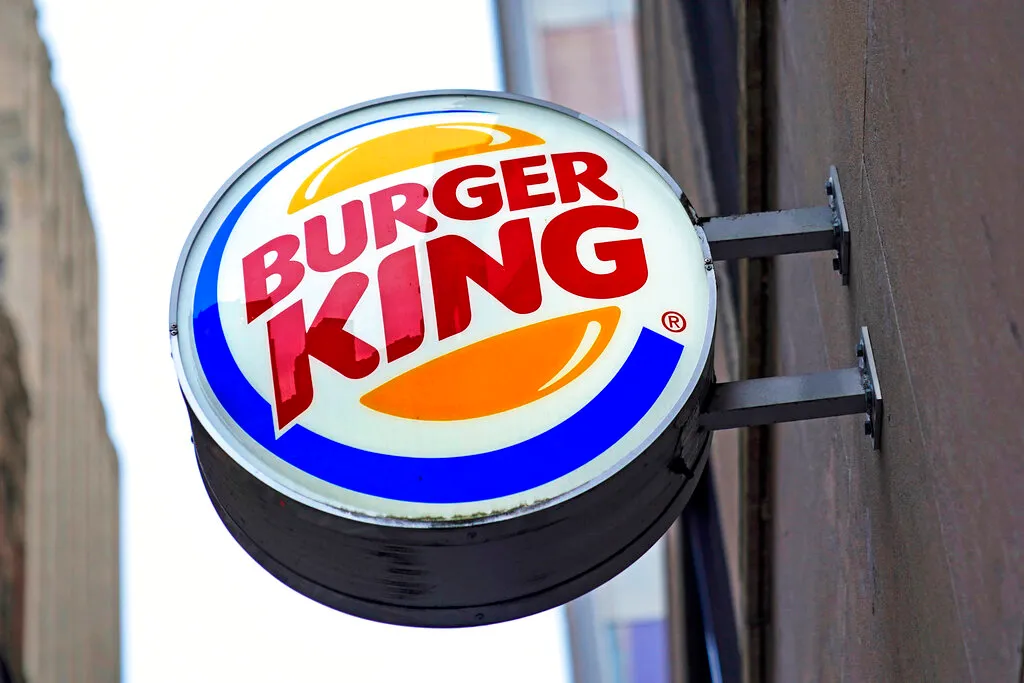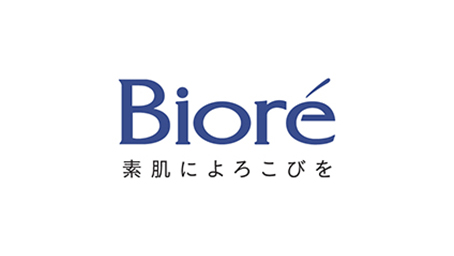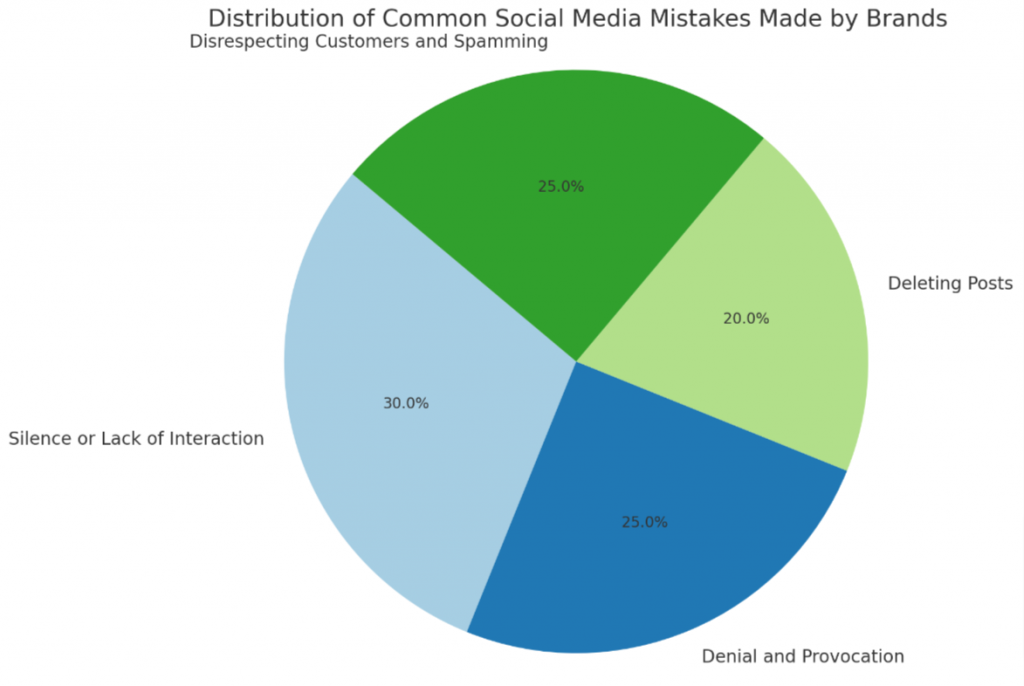Learning from Mistakes: Strategies to Avoid Social Media Fails
Navigating the world of social media can be a tricky terrain, especially when it comes to managing a brand’s online presence effectively. Surprisingly, even major brands have succumbed to grave errors and faced severe backlash from users.
In this blog post, we take you through some of the most glaring social media fails using real-case scenarios as examples. Dive into this insightful guide filled with lessons on what not to do in your own social media campaigns!
Key Takeaways
- Brands often make common social media mistakes, such as remaining silent or failing to engage with their audience.
- Denial and provocation during a social media crisis can lead to negative backlash and harm a company’s credibility.
- Deleting posts instead of addressing customer frustrations can escalate the situation and damage brand reputation.
- Disrespecting customers and spamming them with irrelevant content can deepen dissatisfaction and tarnish a brand’s image.
Common Mistakes in Social Media Management
Brands often make mistakes in social media management, such as remaining silent or failing to interact with their audience. They may also engage in denial or provocation, delete posts, show disrespect towards their followers, or engage in spamming activities.
Silence or Lack of Interaction
Silence or lack of interaction is a common mistake many companies make on social media. They fail to engage with customer comments, inquiries, and complaints promptly. An example of this was seen in the Click Frenzy case when they experienced a major crash during their sales event.
Instead of addressing the issue head-on and interacting with customers about it, Click Frenzy remained silent for two hours. This resulted in frustrated customers who felt ignored by the company, exacerbating an already challenging situation even further.
Denial or Provocation
In the throes of a social media crisis, brands often resort to denial or provocation. A famous case in point is Click Frenzy’s handling of their website crash. Upon the site’s failure during a highly anticipated 24-hour sales event, they chose denial as their primary response strategy.
Posting on Facebook and Twitter, they claimed that their website was operational despite customer reports and evidence to the contrary. This flawed approach not only exacerbated customer frustration but also resulted in an avalanche of negative sentiment across various social media platforms.
Another ill-advised tactic employed by some brands is provocation, which can quickly escalate existing issues into full-blown catastrophes. A notable example occurred with Amy’s Baking Company when faced with critiques about their service quality online; instead of managing these criticisms tactfully and professionally, they lashed out at critics using inappropriate language – including profanity – fuelling further backlash from audiences familiar with their brand values.
These instances underline how denial or provocation severely harms a company’s credibility and exacerbates its social media fails.
Deletion of Posts
Deletion of posts often occurs when companies face a social media crisis. For instance, during the #ClickFrenzy debacle, over 1,000 angry comments were posted on their Facebook thread due to site crashes and access issues.
Click Frenzy’s response was to delete this post instead of addressing customer frustrations head-on. This strategy can lead to even more negative sentiment from social media users who perceive the company as avoiding responsibility or not valuing their input – turning a simple blunder into a full-blown scandal.
Companies should rather engage with these comments constructively, using them as an opportunity for open communication and demonstrating commitment to customer satisfaction.
Disrespect Towards Audience
Disregard for customers is a fatal social media mistake. Click Frenzy’s disrespectful behavior showed this during their website crash saga, as evident by their two-hour silence and subsequent denial of the issue on Facebook.
Instead of owning up to the situation or apologizing for any inconvenience caused, they chose to spam followers with deals and links to other retailer websites, further aggravating the already frustrated users.
This dismissive attitude towards disgruntled customers not only deepens their dissatisfaction but also tarnishes the brand reputation in public view. It underscores how crucial respect and proper communication are when handling negative sentiments on social media platforms.
Spamming
Click Frenzy, an online retailer, made a major mistake by spamming their followers with deals and retailer links after their website crashed during the 24-hour sales event. Instead of addressing the situation or apologizing, they bombarded their audience with offers.
This led to significant backlash on Twitter and Facebook, leaving customers and retailers frustrated. Hours later, the website was still experiencing issues, including continued spamming activities.
Despite the controversy, Click Frenzy has yet to apologize or acknowledge their spamming behavior.
Case Studies of Social Media Fails
The #ClickFrenzy Case, Entenmann’s Misuse of Hashtags, Draper James’ Unclear Contest Mechanics, Burger King’s Misplaced Clickbait, Audi’s Irrelevant Social Content, Listerine’s Influencer Mismatch, Biore’s Inauthentic Creator Partnership, and Mastercard’s Failed Twitter Campaign.
The #ClickFrenzy Case
Click Frenzy, a popular 24-hour sales event in Australia, experienced a major website crash as soon as the event launched at 7pm. Users faced difficulties accessing the site throughout the event, which was highly frustrating for customers hoping to take advantage of the deals.
Despite their own advice on preparing for increased traffic, Click Frenzy remained silent and ignored angry tweets from customers for two hours after the crash. This lack of communication only fueled customer frustration and led to widespread backlash on social media.
Entenmann’s Misuse of Hashtags
Entenmann’s social media fail came in the form of misusing hashtags that were associated with case studies of other social media fails. The brand mistakenly used these hashtags, drawing attention to their own misuse and adding themselves as an example of how not to do social media.
This misstep brought negative attention to Entenmann’s and highlighted the importance of using hashtags strategically and appropriately in social media campaigns.
Draper James’ Unclear Contest Mechanics
Draper James faced a social media scandal due to their Instagram dress giveaway, which had unclear contest mechanics. Despite receiving nearly 1 million registrations for only 250 dresses, the lack of clarity in the contest rules left participants feeling frustrated and disappointed.
To make matters worse, Draper James has yet to apologize to their customers or the retailers involved in the giveaway, showing a disregard for their audience and a failure to address their concerns.
Burger King’s Misplaced Clickbait

Burger King made a social media blunder when they used misplaced clickbait in their posts. Instead of providing relevant and engaging content, Burger King resorted to misleading headlines to attract clicks.
This tactic not only disappointed their audience but also damaged their brand credibility. It is crucial for brands to be transparent and authentic in their social media communication to maintain trust with their customers.
Audi’s Irrelevant Social Content
Audi’s social media campaign, #PaidMyDues, became a prime example of how not to engage with your audience. The campaign was criticized for being completely irrelevant to their target market and failing to align with their interests.
This lack of relevance resulted in a significant backlash on Twitter and Facebook, as users expressed their dissatisfaction and disappointment with Audi’s choice of content. Instead of addressing these concerns respectfully, Audi’s response further aggravated the situation by showing disrespect towards their audience.
Despite the negative feedback and backlash, Audi has yet to offer an apology or acknowledge the impact their campaign had on customers and retailers involved.
Listerine’s Influencer Mismatch
Listerine’s social media fail case study revolves around their partnership with influencer Scarlett London. This collaboration turned out to be a significant brand and influencer mismatch, as Scarlett’s lifestyle content did not align with the Listerine brand.
Unfortunately, this mismatch played a detrimental role in Listerine’s mishandling of the social media crisis, leading to disastrous consequences. This case study serves as a reminder of the importance of carefully selecting influencers who truly resonate with and represent your brand values.
Biore’s Inauthentic Creator Partnership
Biore’s partnership with TikTok creator Cecilee Max-Brown received backlash for misleadingly suggesting that skincare products could help with mental health issues. The collaboration was widely criticized as a mismatch between the brand and influencer, as Max-Brown’s content did not align with Biore’s image.

Social media users found the partnership to be inauthentic and lacking sincerity. Biore’s mishandling of this social media crisis serves as a cautionary case study on how not to navigate these situations effectively.
It is important to note that Biore has not yet issued an apology to their customers or the affected retailers.
Mastercard’s Failed Twitter Campaign
Mastercard’s attempt at a Twitter campaign turned into a major disaster. The brand failed to maintain editorial independence, which led to the hijacking of their hashtag by users who used it to mock the brand.
This misstep highlights the importance of tailoring campaign objectives to specific social media platforms. In this case, Mastercard did not consider that Twitter is better suited for gaining awareness and engagement rather than press credibility.
It serves as a reminder that thorough research is crucial in avoiding social media blunders.
How to Avoid Social Media Fails
To avoid social media fails, brands should prioritize interaction and engagement with their audience, address negative sentiment in a timely and genuine manner, avoid posting irrelevant content, establish authentic influencer partnerships, and clearly communicate contest mechanics.
Ensuring Interaction and Engagement
To avoid social media fails, it is crucial for brands to ensure interaction and engagement with their audience. This means actively responding to comments, messages, and mentions on social media platforms.
Ignoring or remaining silent can lead to frustration and negative sentiment from customers. Click Frenzy’s failure during the Black Friday sales event serves as a prime example of what not to do – they remained silent for two hours after their site crashed, ignoring angry tweets from customers.
Instead, brands should prioritize customer engagement by promptly addressing concerns and providing helpful information in a timely manner.
Dealing with Negative Sentiment
Addressing negative sentiment on social media is crucial for effective crisis management and maintaining a positive brand reputation. When faced with negative comments or feedback, it is important to respond promptly and sincerely.
Ignoring or deleting negative posts can further escalate the situation and damage customer trust. Instead, acknowledge the concerns raised by customers and offer solutions or reassurances where possible.
Taking responsibility for any mistakes made shows transparency and a willingness to rectify the issue. It’s essential to remember that apologizing when necessary can go a long way in appeasing disgruntled customers.
Avoiding Irrelevant Content
To avoid social media fails, it is crucial to steer clear of posting irrelevant content. Irrelevant content can harm your brand’s reputation and lead to a loss of followers and engagement.
One example of this is the case of Audi, which faced backlash for sharing an unrelated post during a sensitive time. By ensuring that all your social media posts are relevant to your audience and aligned with your brand values, you can maintain credibility and keep your followers engaged.
In another instance, Biore faced criticism for partnering with influencers who did not align with their target audience or brand image. To avoid such mistakes, it is important to carefully select influencers who resonate with your target market and share similar values.
Authentic influencer partnerships can help build trust among your followers while boosting engagement.
Authentic Influencer Partnerships
Authentic influencer partnerships are crucial for avoiding social media fails. When businesses collaborate with influencers who align with their brand values and messaging, they can effectively reach and engage their target audience.
To ensure a successful partnership, it is important to identify and select the right influencers through thorough research and due diligence. This includes checking past collaborations and engagement rates to gauge an influencer’s authenticity and effectiveness.
By establishing clear goals and expectations with influencers, brands can avoid potential pitfalls and create impactful content that resonates with their audience.
Clear Contest Mechanics
Clear contest mechanics are essential for any social media campaign. Without clear guidelines and instructions, participants may become confused or frustrated, leading to a negative experience for both the brand and the audience.
This was evident in the case of Draper James’ social media fail. When they ran a contest on Instagram, they failed to provide clear rules and regulations, resulting in confusion among participants.
The lack of clarity led to frustration and backlash from their followers, damaging their reputation on social media platforms. Contest organizers must ensure that all contest mechanics are clearly communicated to avoid any misunderstandings or negative reactions from participants.
Frequently Asked Questions
What are some common mistakes brands make with social media?
What Makes a Bad Social Media Post?
A bad social media post is one that fails to engage and connect with the audience. It may lack authenticity or come across as disrespectful. Take, for example, Click Frenzy’s response to their website crash during a 24-hour sales event in Australia.
Instead of promptly addressing customer frustration, they remained silent for two hours and then denied any issues with the site. This defensive and poorly constructed post only fueled further anger among customers, resulting in over 1,000 angry comments.
Deleting the post without offering an apology created even more backlash. A bad social media post like this demonstrates the importance of being transparent, respectful, and responsive to your audience’s concerns.
How to Deal with Social Media Scandals?
Addressing social media scandals requires prompt and effective action. First, it is crucial to acknowledge the issue openly and honestly. Ignoring or deleting negative comments will only fuel backlash.
Instead, respond respectfully and constructively to show that you are listening to your audience’s concerns. Furthermore, take accountability for any mistakes made and offer a sincere apology if necessary.
Second, actively engage with your followers by providing updates and solutions in real-time to rebuild trust. Finally, learn from the experience by implementing measures such as monitoring social media activity closely, being transparent about issues within your organization, and continuously improving your social media strategy to prevent future scandals.
Common Mistakes Brands Make with Social Media

Many brands make common mistakes when it comes to social media management. One mistake is remaining silent or lacking interaction with their audience. For example, Click Frenzy ignored angry tweets from customers and stayed silent for two hours after their website crashed during a 24-hour sales event.
Another mistake is denial or provocation. Instead of addressing the issue, Click Frenzy posted a defensive Facebook post denying that their site was down. They later deleted the post after receiving over 1,000 angry comments.
Brands also make the mistake of disrespecting their audience by ignoring them and spamming them with offers instead of explaining themselves, as Click Frenzy did by spamming followers with deals and links after the crash.
Conclusion
In conclusion, these case studies of social media fails serve as important reminders of what not to do when managing your brand’s online presence. From silence and deletion of posts to disrespectful behavior and spamming, these mistakes can lead to a social media catastrophe.
Instead, focus on engaging with your audience, dealing with negative sentiment professionally, and ensuring clear contest mechanics. By avoiding these pitfalls, you can maintain an authentic online presence that resonates positively with your customers.

